The Article
Rainier Cartridge from Sumiko
16th April 2020

A budget-level cartridge sporting an elliptical stylus tip, Paul Rigby reviews this new moving magnet design
This new budget release sits in the company’s own Oyster Series and serves as a gap-filling exercise, in price terms, in its growing range.
The Rainier is a little prosaic in aesthetic terms. There’s none of the blue dash exhibited by the Songbird or even the slightly steampunk effect produced by the Blue Point Special EVO III.
With its internally-threaded holes, installation is straight forward.
It arrives compete with an elliptical stylus, hanging off an aluminium cantilever plus copper wiring. Recommending a 2g tracking force, the cartridge weighs in at 6.5g.
One point of particular note for this model is that the stylus is removable which will be of interest to those on a budget because the stylus replacement will be rather lower cost than a brand new cartridge.
Secondly, the Rainier, Olympia and Moonstone replacement styluses are interchangeable, so Rainier owners can upgrade up to the Moonstone without replacing the cartridge body.
SOUND QUALITY
I began with Peggy Lee’s Raindrops album and the track Raindrops Keep Fallin’ on my Head. Here, Lee was backed by a full orchestra.
Sumiko definitely has a house sound. I hear it on the much more expensive Songbird cartridge and I hear it here too.
The upper frequencies were rather diffuse which meant that they sounded more in your face, at least they did compared to the immediate competition out there.
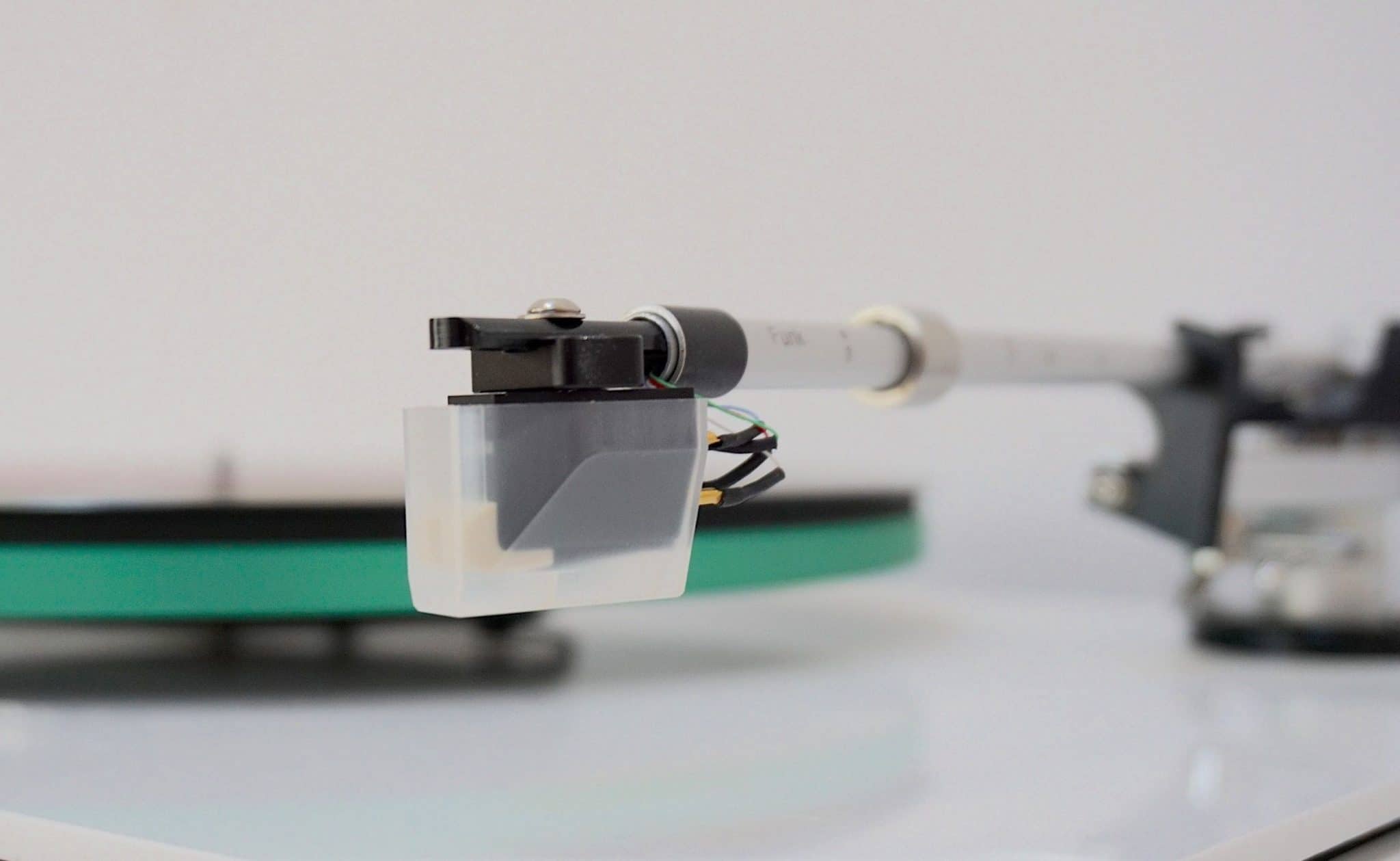
Hence, the ear sounded like it was closer to the action, in amongst the artists, you might say, who were doing their thing. So Lee’s vocal delivery was positioned almost right next to you. I didn’t ‘see’ her whole vocal, only the middle of it.
It was the same with the flute, acoustic guitar and cymbals. These instruments were full of detail and there was plenty of emotion in and around them but there was also a lack of precision. The more expensive Songbird could get away with this presentation because it’s higher quality components added finesse and air but the Rainier, tooled up with lower-cost technologies, did tend to suffer a tad with it because the entire upper frequency focus was blurred.
Now I repeat, detail was still plentiful, cymbal hits were infused with space and reverberation, the flute was overflowing with human effort and emotion while the acoustic guitar was distinct, it never hid within the mix which can sometimes happen with less effective cartridges.
Even so, you felt like you wanted to pull back the head so that you could hear the edges of each instrument, gaining more detail, encompassing more of the image, more of the picture.
Bass was there but the lack of focus did muddy the lower frequency waters a bit. The low frequencies didn’t hide or shirk but the slightly fuzzy nature of their response could lean toward a cloudy tone.
Don’t get me wrong, I am not saying that I dislike the Rainier. That’s not the case. There is plenty to like here and the core emotion of the music was one major plus point from the Rainier.
Turning to The Cure’s Pornography and Figurehead, the Rainier showed how relaxed it was with high-energy vibes. When it didn’t have to try, when the demanding accuracy of jazz-related music was not exacting, when it wasn’t looking over its shoulder, the Rainier kicked off its shoes and shook a hip.
The big beat nature of this rock track, the fractious guitar, the rumbling and constant bass and the percussion that lazily struck a beat across the entire song was not only tracked and presented easily by the Rainier but the cartridge positively enjoyed the experience.
For the first time, I felt the urge to increase the volume on my amplifier, for the first time I didn’t squint at my hi-fi with a “hmmm…” but instead immediately began an Open University course in advanced head nodding. The Rainier provided a naturalistic and confident performance.
CONCLUSION
This cartridge can connect to the soul of the music very easily. The Rainier shuns the analytical, it warms to passion and sensation. This means that rock, synth and associated music is more sympathetic to its presentation than the accuracy demanded from jazz and classical. If emotion is what you seek in music, if that’s your priority, then the Rainier should definitely be on your demo list.
SUMIKO RAINIER CARTRIDGE
Price: £159.95
Phone: 01235 511 166
Website: www.henleyaudio.co.uk
TO BUY CLICK BELOW:
USA – https://amzn.to/38hn4oX
EUROPE – https://amzn.to/382hvKD
GOOD: easy to install, intimate mids, detail, rock centric
BAD: muddy bass, midrange focus, jazz-centric music
RATING: 7
[Don’t forget to check out my new Patreon Page at www.patreon.com/audiophileman, for exclusive postings, giveaways and more!]
REFERENCE
Tellurium Q cabling
Blue Horizon Professional Rack System
Harmonic Resolution Systems Noise Reduction Components
All vinyl was cleaned using an Audio Desk’s Ultrasonic Pro Vinyl Cleaner

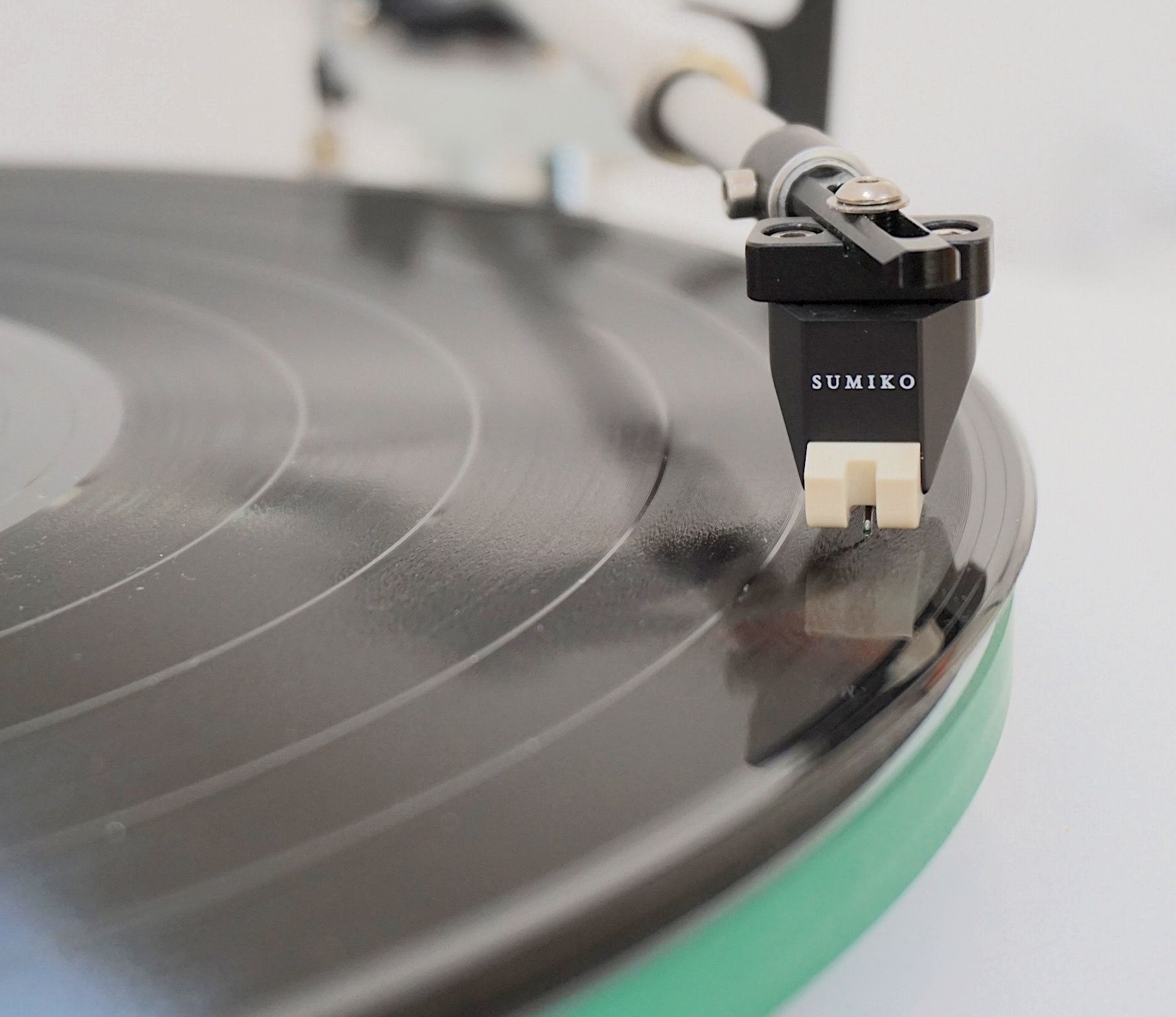
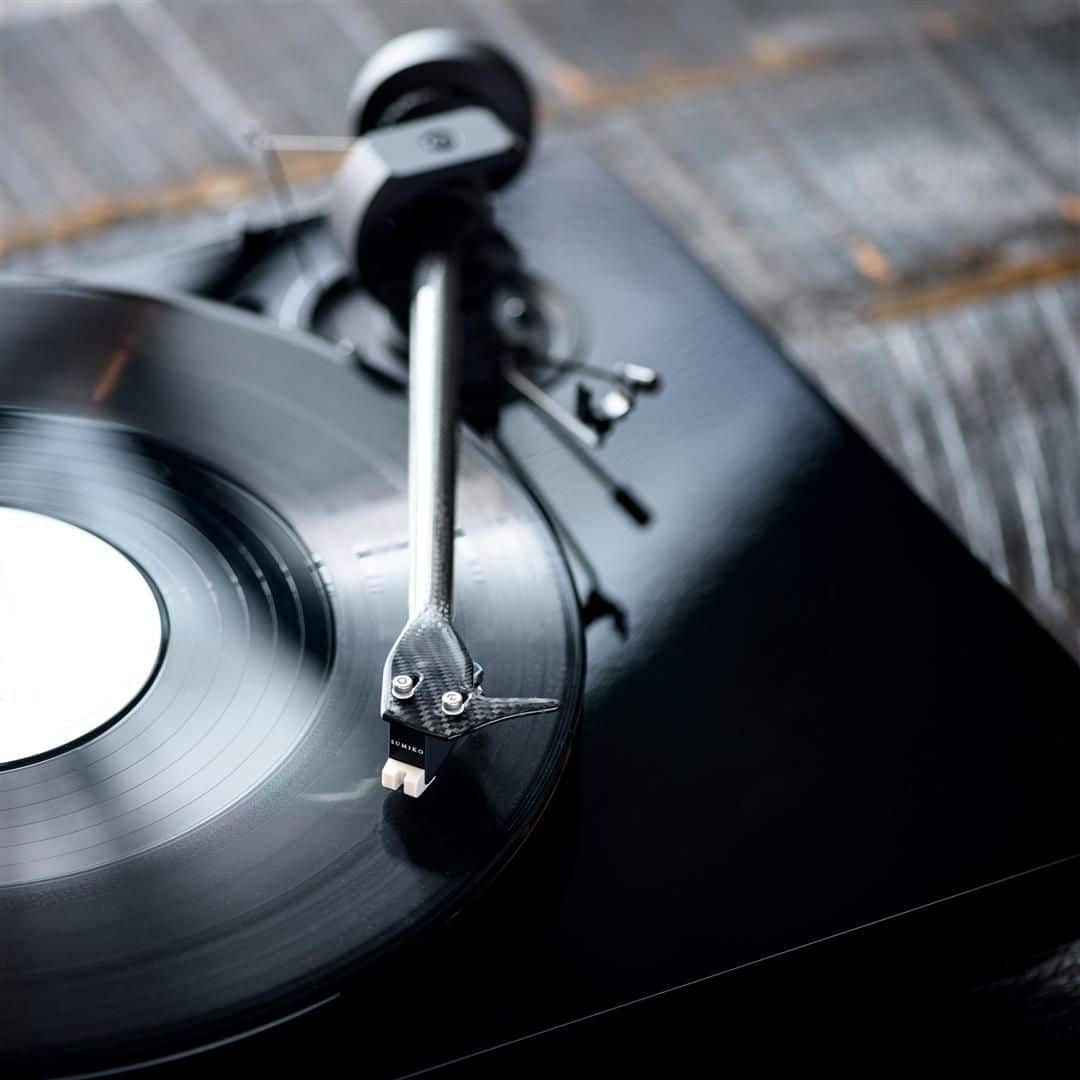
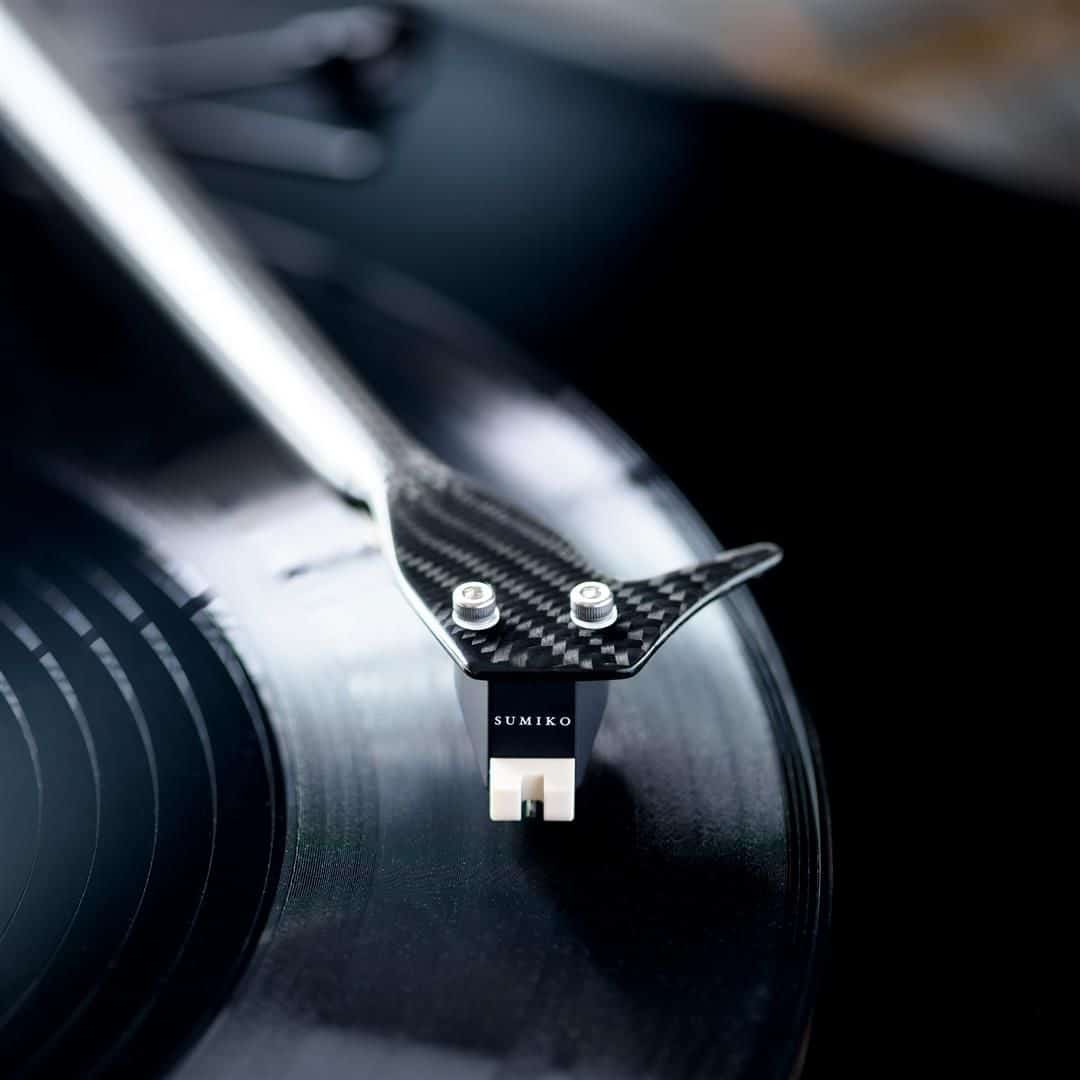
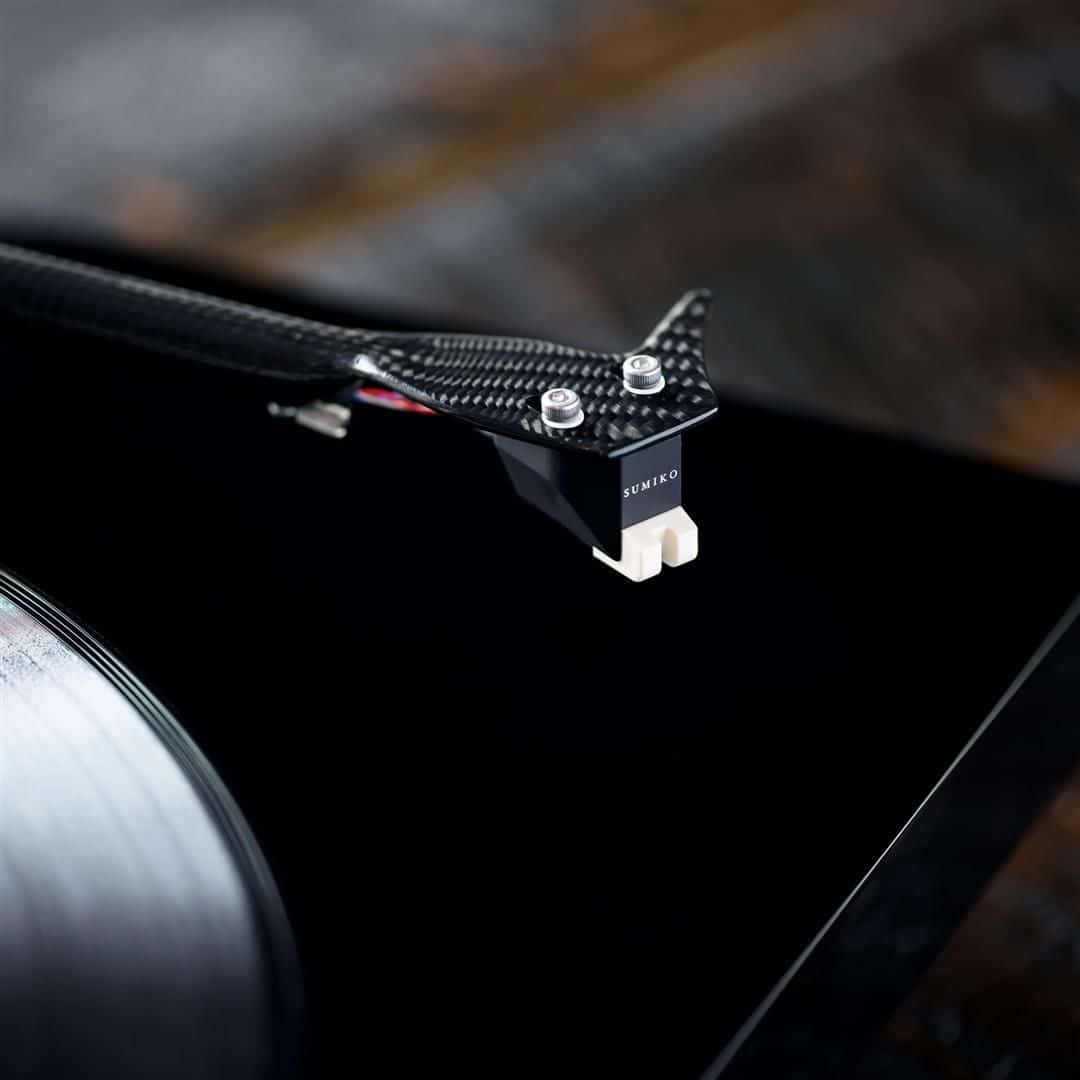
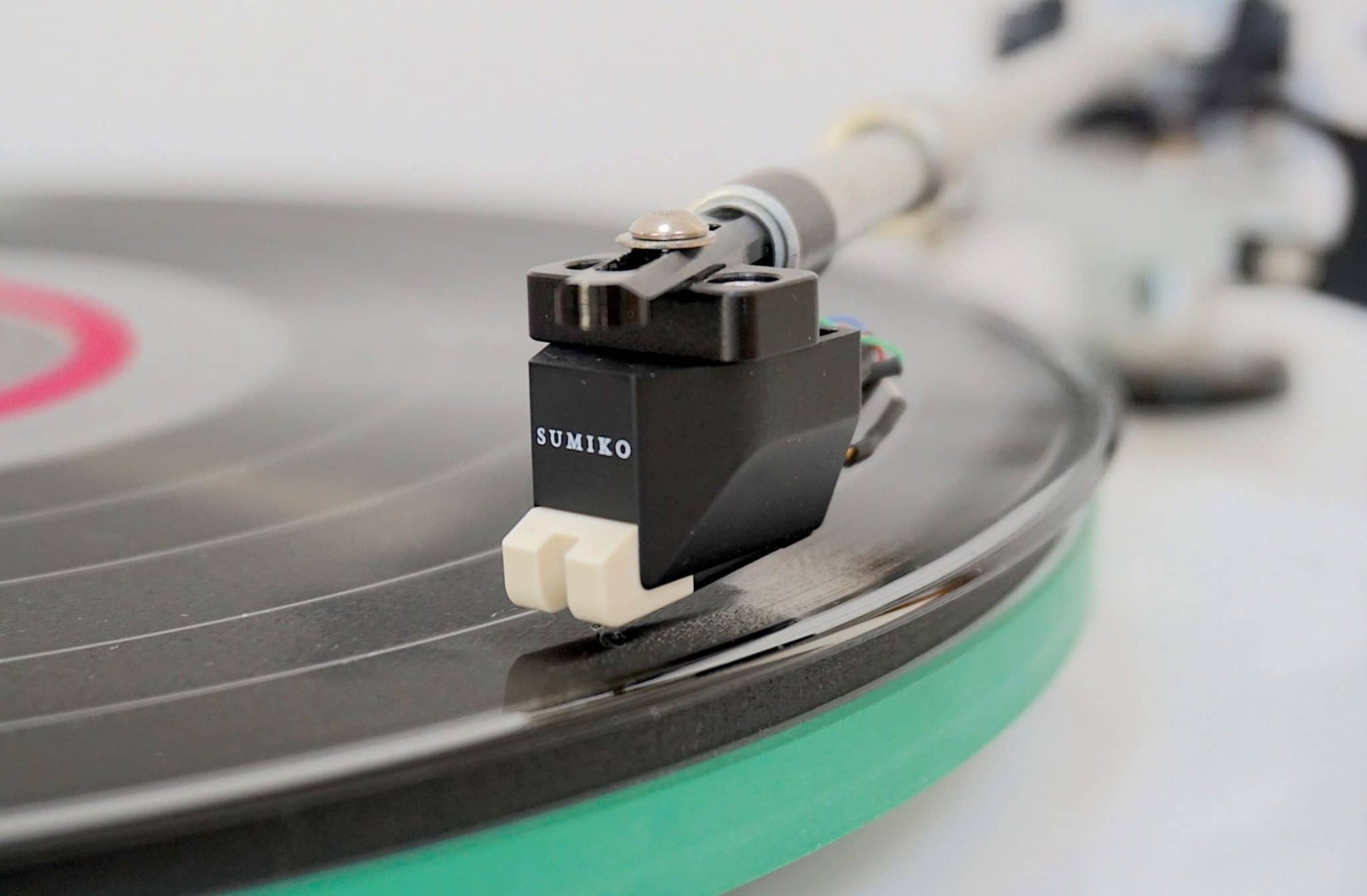
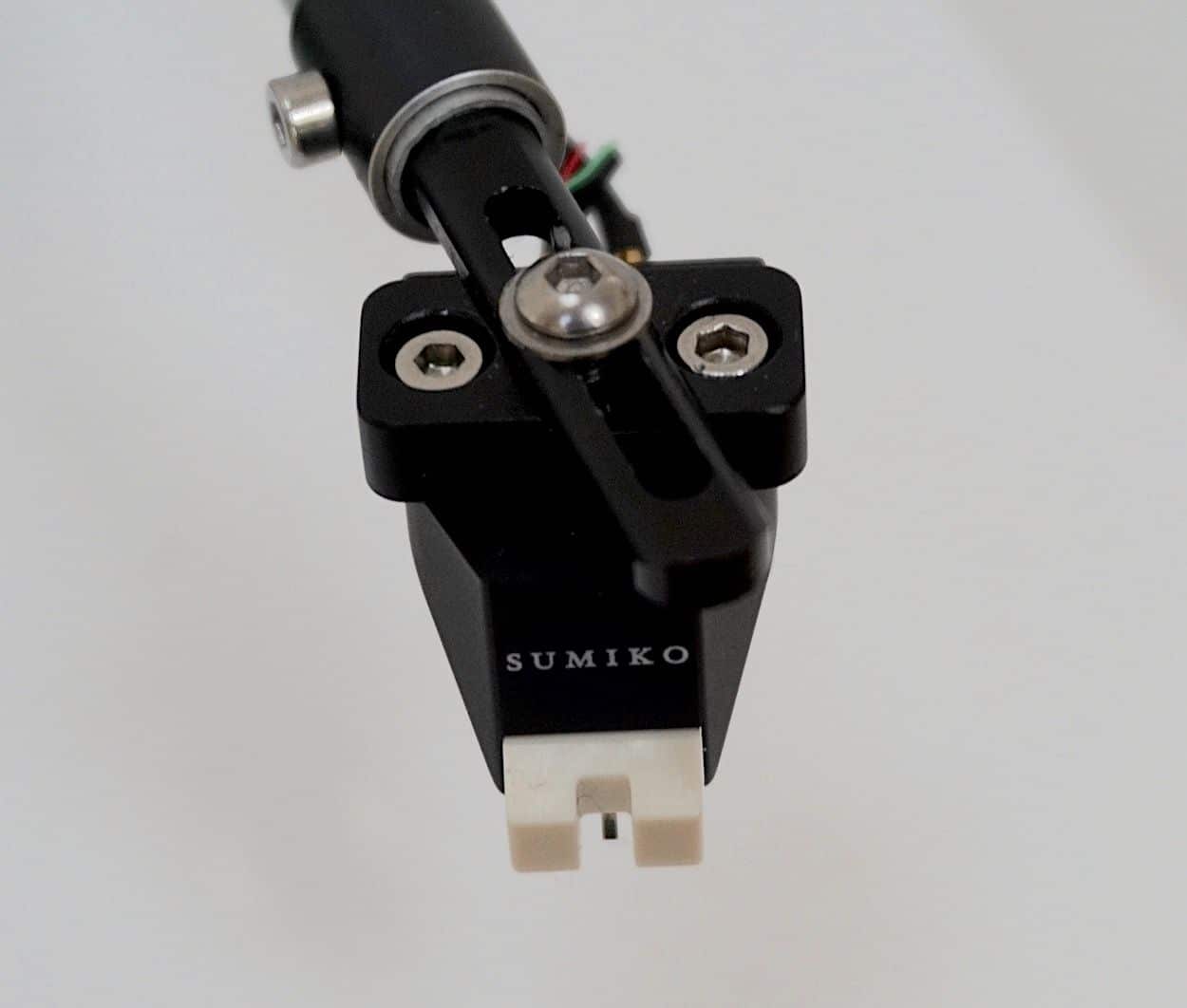
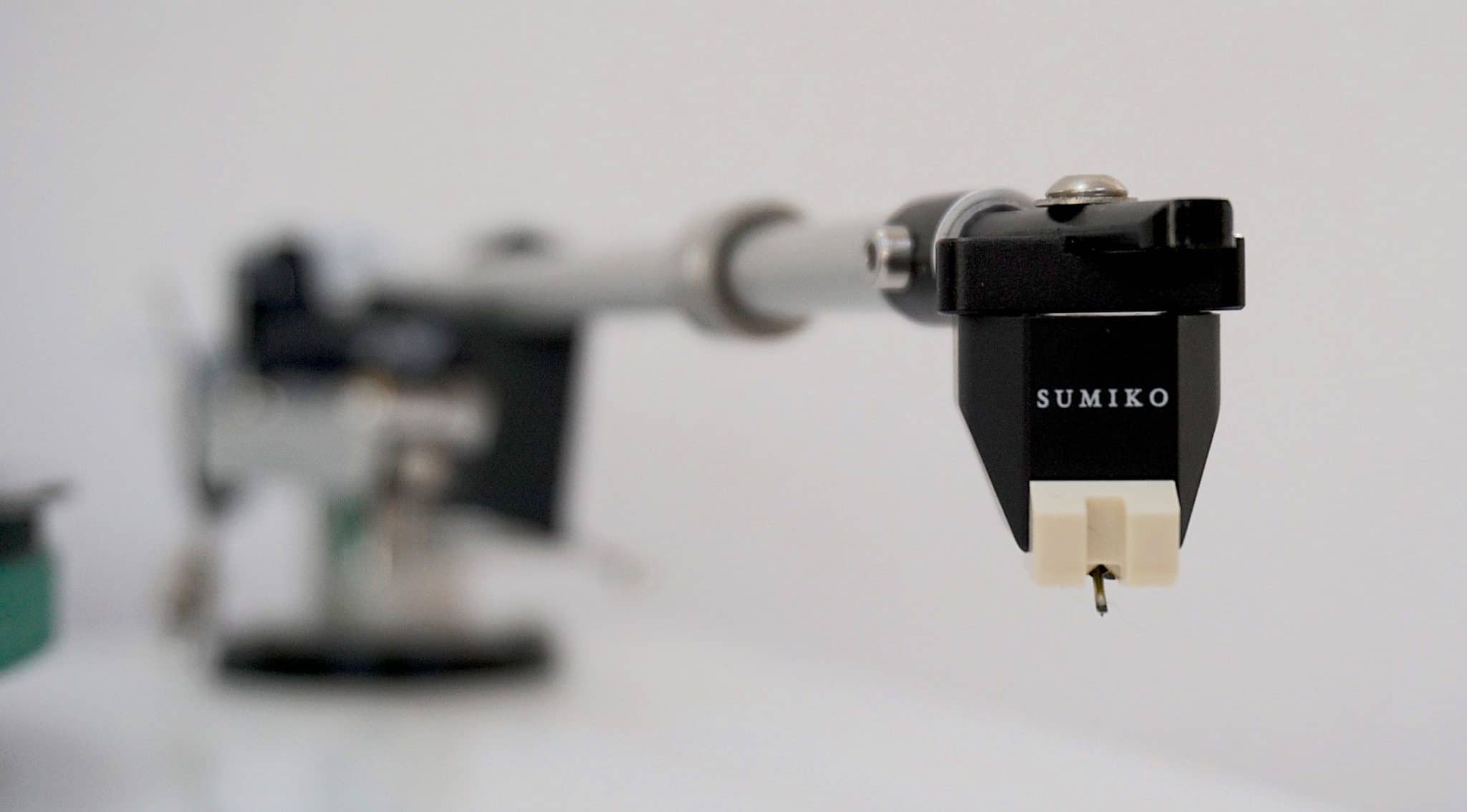
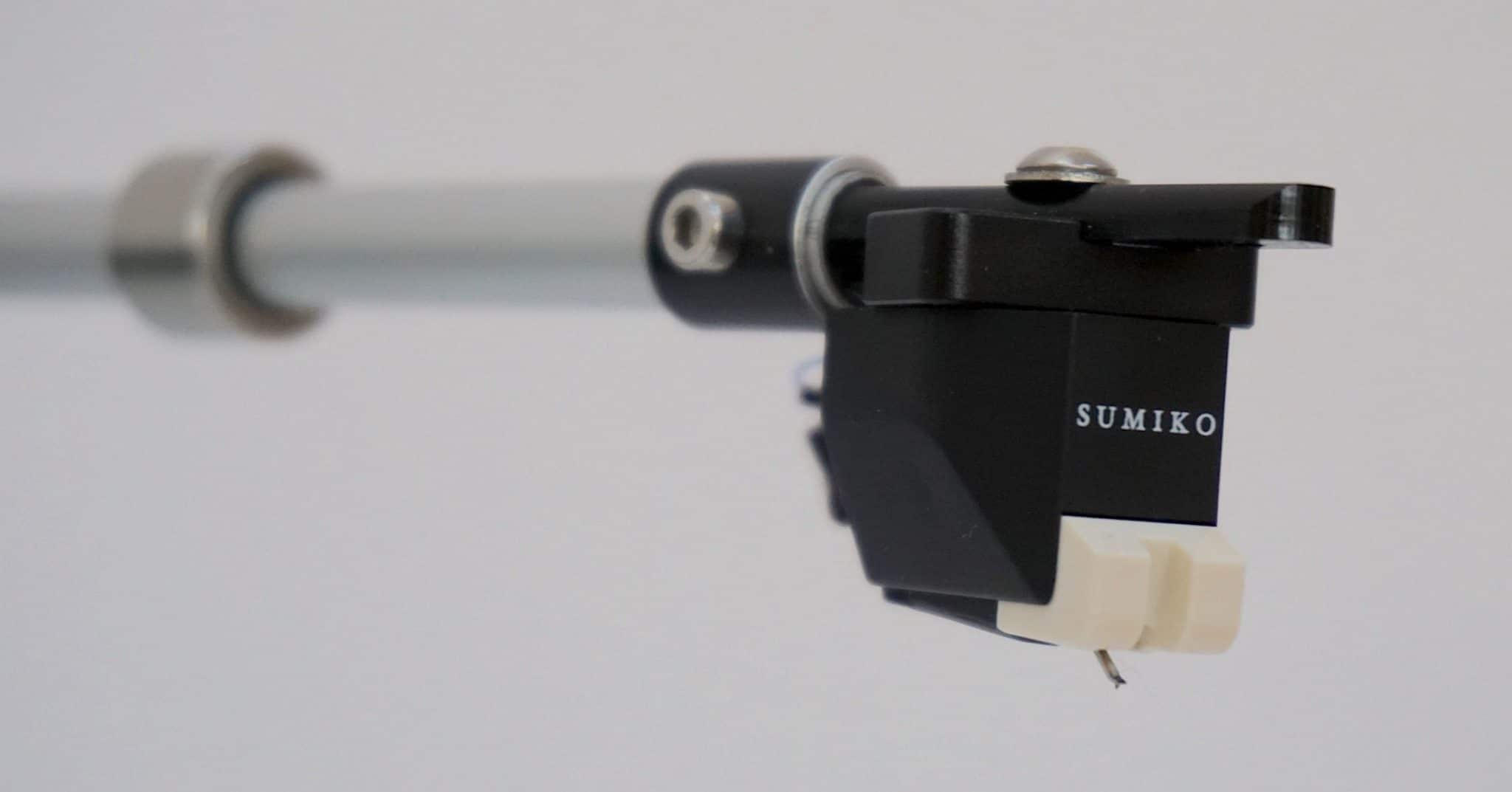




thank you for your review. is there a cartridge in this price range that would be better for Jazz? (For example a new Tone Poet Series kind of recording) Maybe a turntable/cartridge combo?
The Goldring 1006 or – a little cheaper – the E3.
Thank you for this review of this Sumiko cartridge, Paul.
I am seriously considering buying the Goldring E3; besides, you have given that phono cartridge a 9/10. However, you have graded this Sumiko Rainier at 7 out of 10. I don’t get it; whatever happened to the saying that you get what you pay for? Besides, this Sumiko Rainier cartridge is more expensive in Canada; as it is in the U.K.
I’m searching for another very good, but still affordable phono cartridge! I also recently bought a Goldring E2 cartridge for my harman kardon T25 turntable.
Certainly I’m considering the Goldring E3 cartridge for my used Rega Planar 3 turntable, with a used Linn Basik Plus tonearm I bought separately in very good condition.
I was going to have a new Audio Technica AT95E (original version) I was going to mount; not yet aligned. Since then I’ve change my mind; and mount the Goldring E3 cartridge, instead. Or the Sumiko Rainier cartridge! I’m not sure which cartridge; as I said I thought Sumiko made the better, high performance cartridge.
Therefore, I became aware of Sumiko cartridges, and all the good, positive reviews out there on the Internet. However, you have a slightly different review; and maybe more strict, objective conclusions?
My question is should I buy the Goldring E3 or is there a primary advantage(s) to purchase the Sumiko Rainier cartridge? I ask because the Sumiko has a higher price, and it also has a very good reputation, too. Thank you for any wise advice.
George
Hi George – generally you do get what you pay for. Even so, if that were true in all cases then my job would be redundant. Yet, here I am.
The Sumiko has its pros and cons, which I list in the review. The E3 I do like, yes. Again, in the review posted here, I list my reasons for that. So you can see all of that there.
But look, you be the judge. You might think that my own concerns are of no matter to you. Hence, go for the Sumiko. I’m only here to serve as a guide. If it was my money though? I’d buy an E3.
Two extra things, if this is for a Rega, make sure your tonearm is level when fitting the E3 (or Sumiko). You might need to buy extra shims to raise the rear of the tonearm (Rega sells them on its site but they’d prefer that you buy their own low-slung carts, which is why they make it difficult to buy third-party carts like the E3 and Sumiko, in the first place). Secondly? I’d avoid the AT95E unless you have a great deal beckoning. Get the newer VM95E which is superior.
I like it the bass for me is very good I put it on my dual 1257 and I have the technical At3482 and a ortofon 10 and a Stanton 680ee . technical is good but I like the sumiko Rainier better.